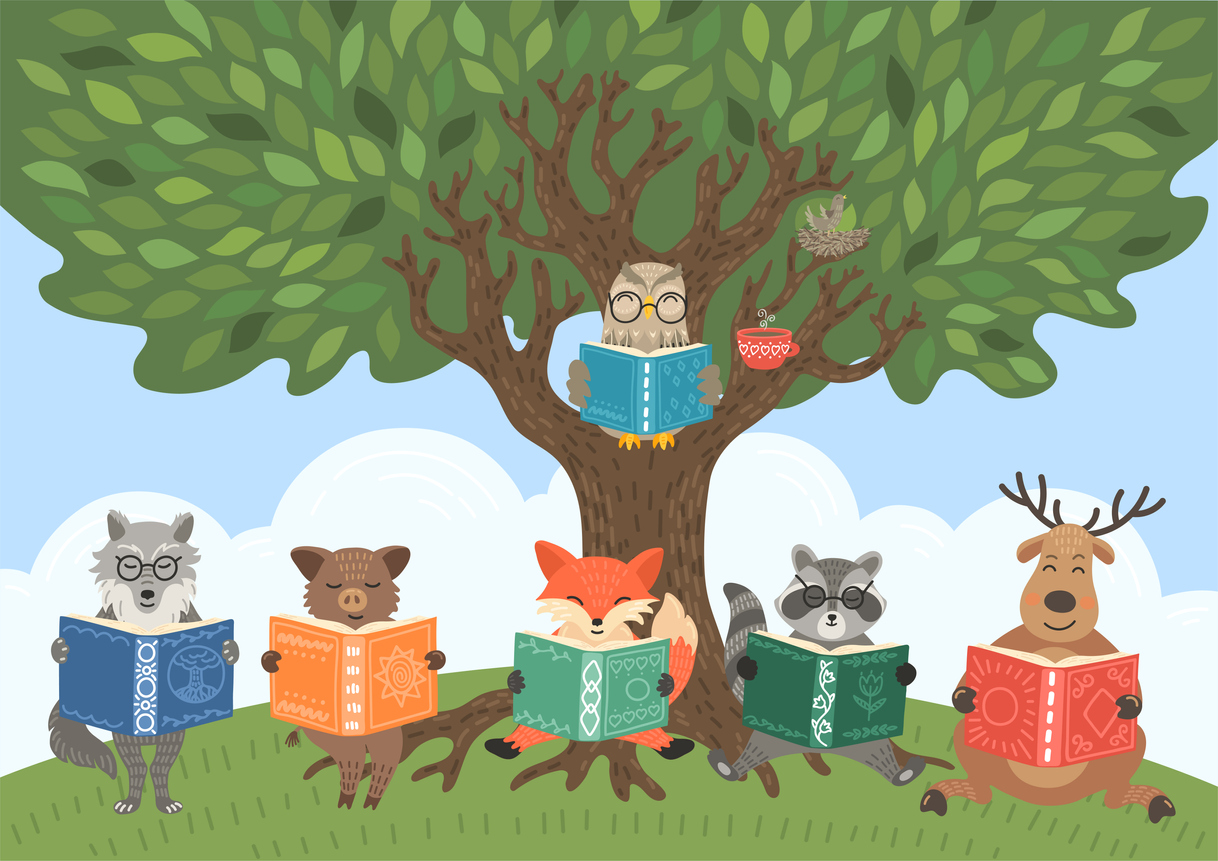This simple story hack can make your comms more compelling
Douglass Hatcher explains how advice from Matt Stone and Trey Parker, creators of “South Park,” can be applied to your writing.

Let’s have a moment of real talk: Sometimes the stories we’re tasked with writing aren’t the most thrilling things imaginable.
But even the driest subject in the world can be made more interesting if we approach it with the proper storytelling eye.
Douglass Hatcher, president of Communicate4IMPACT, shared a “story hack” to help you turn nearly any idea into a compellingly structured creation.
After all, humans are always looking for stories. In the absence of a clear narrative, we’ll create our own,
Hatcher pointed out. A beginning, middle and end are keys to any good story, and this hack will help you develop those in a way that keeps the story moving forward.
The advice comes from a source that may seem a little unconventional for business writing: Matt Stone and Trey Parker, creators of “South Park.” But stay with us here.
“We can take these beats [scenes],” Stone said at NYU’s Tisch School of the Arts, “which are basically the beats of your outline, and if the words, ‘And Then’ are between those beats, you’re [screwed]. You have something pretty boring.”
“What should happen between those beats is either the word But or Therefore.”
Parker goes on to say later that thinking in terms of But and Therefore, “gives you the causation between each beat—and that’s a story.”
This sets up the “ABT,” or “and,” “but” and “therefore” framework. You can also think of it as a story structured around the concepts of agreement, contradiction, and consequence or set up, problem, and solution.
Putting it into a business context
That all sounds well and good if you’re writing a raunchy parody cartoon about a bunch of unageing kids in a Colorado town. But what about if you’re doing PR or internal comms work? Hatcher offered examples of how to apply this to your work, too.
Let’s say you’re writing a story on how to engage hybrid workers during the holiday season. Your ABT might look something like this:
AND: The world has changed since the pandemic set in and half of your employees likely won’t make the holiday party.
BUT: But there are still ways to leverage your remote digital tools and your remote digital stack to engage your employees.
THEREFORE: So, we’ve brought together a list of the top three tools to help you create engagement among your staff during the holiday season.
You can ever use ABT within your various bulletpoints for a story-within-a-story structure that keeps readers moving through your piece. For instance, sticking with our hybrid workplace story, each bulletpoint could look like:
(Tool #1) has been around for only a few months, but it’s already demonstrated great capability for engagement. So, this is a great choice, even though it’s a little on the pricier side. You can check it out here.
(Tool #2) is also really good, but it’s proved to be tougher to get because of supply chain issues. So, it’s still a solid choice, if not for this year, maybe for the first quarter of next year. You can check it out here.
(Tool #3) has been around for several years. It has a proven track record for increasing employee engagement, but since it was developed pre-COVID it lacks some of the sizzle of more recently-created software. So, if you’re looking for a more budget-friendly solution that works and that’s easy to get, give Tool #3 a look. You can check it out here.
Using ABT to weigh the pros and cons of each tool gives them a shape and a narrative all their own.
Next time you’re stuck on a story, try applying this framework to get out of your rut.
Allison Carter is executive editor of PR Daily. Follow her on Twitter or LinkedIn.







